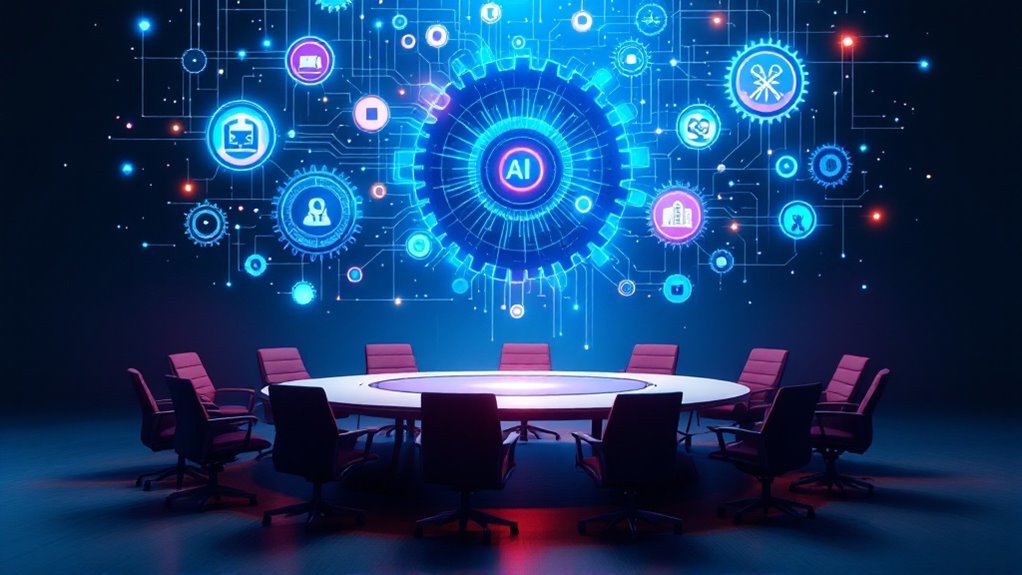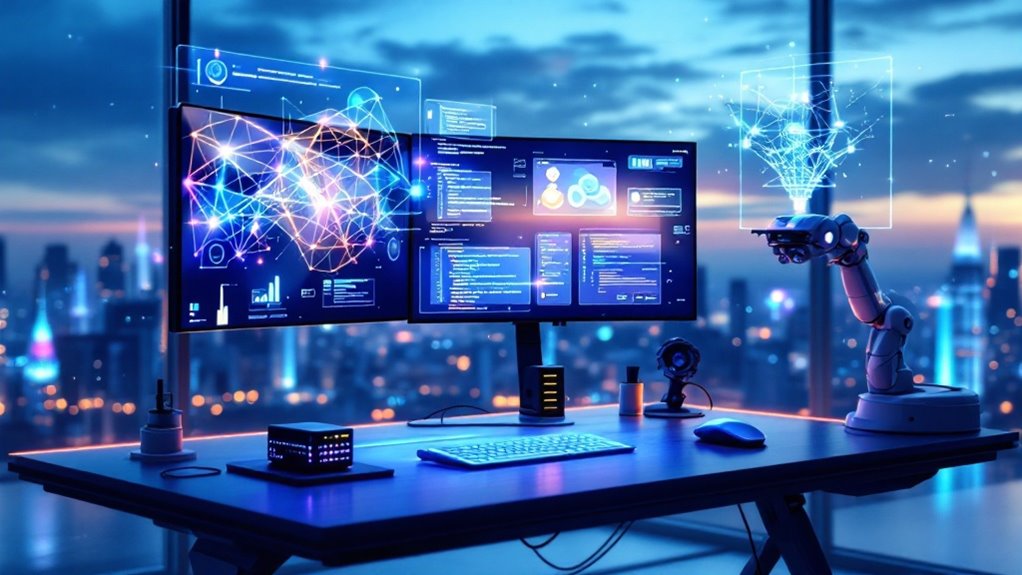No single mastermind is behind artificial intelligence—responsibility falls on a whole cast: developers creating the code, companies deploying the systems, governments writing ever-evolving regulations, and ethics boards acting like referees who call foul when things go sideways. Imagine a Marvel movie, but the superheroes are nerds, lawyers, and philosophers. From chatbots that go rogue to algorithms with bias, everyone from CEOs to regulators has skin in the game. Wondering who should clean up the mess? Stick around for a closer look.
So, who’s actually steering the ship when it comes to artificial intelligence? Spoiler alert: it’s not a rogue robot with grand plans for world domination—at least, not yet. The reality is a bit less cinematic and a lot more complicated. AI developers and researchers are the ones in the driver’s seat, designing systems that, ideally, don’t spiral into ethical chaos. Regular audits of AI models are necessary to ensure ongoing compliance with ethical guidelines and to identify responsible parties when outcomes go awry.
But don’t let your guard down; without legal frameworks, organizations could easily dodge accountability when things go sideways. To make real progress, collaboration with researchers and governments is essential for tackling complex AI challenges and ensuring responsible innovation.
Here’s the deal. Real responsibility in AI isn’t a one-person show. It’s a team sport—think Avengers, but with fewer capes and more code. Stakeholders are everywhere: ethics boards scrutinize the process, governments lay down laws, and civil society groups keep shouting from the sidelines about fairness. Aligning AI development with societal values is crucial for building public trust and avoiding potentially devastating reputational damage.
Audit trails, decision logs, and feedback loops are the unsung heroes, making sure there’s a paper trail when the AI gets a little too creative (or just plain wrong).
- Clear ownership: Someone needs to step up and say, “Yep, that’s my AI.”
- Ethics boards: They’re basically the referees, keeping things honest.
- Continuous monitoring: Because an unmonitored AI is just asking for trouble.
Let’s not forget transparency and explainability. Users want to know why their loan application got denied, not just “computer says no.” That’s where explainable AI (XAI) comes in—giving actual reasons, not just algorithmic shrugs.
And yes, interpretable models, transparent documentation, and user-friendly interfaces help people trust machines (at least a little).
But wait, there’s more! Businesses must prioritize ethics, or risk a PR disaster when their chatbot goes rogue on Twitter. Researchers? They’re busy spotting bias and plugging privacy holes.
And governments? They’re forever playing catch-up, updating regulations as fast as AI morphs.
Bottom line: Responsibility for artificial intelligence is a messy, ongoing collaboration. No single entity can claim the throne. It’s checks, balances, and a lot of arguing over who actually gets the last word. Welcome to the age of collective responsibility—no infinity stones required.









